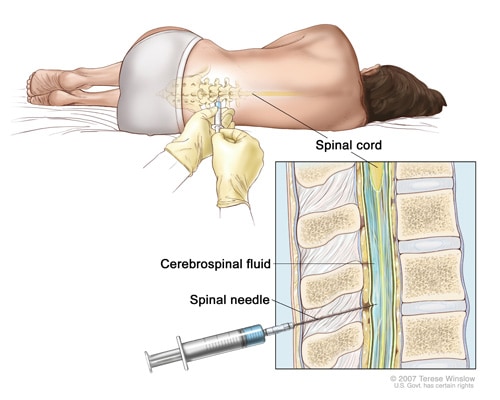Diagnosis, Treatment, and Complications
Diagnosis
Doctors usually diagnose Haemophilus influenzae infection with one or more laboratory tests. The most common testing methods use a sample of blood or spinal fluid.
Treatment
People diagnosed with H. influenzae disease take antibiotics to treat the infection. Depending on how serious the infection is, people with H. influenzae disease may need care in a hospital. Other treatments may include:
- Breathing support
- Medication to treat low blood pressure
- Wound care for parts of the body with damaged skin
When H. influenzae cause milder infections, like bronchitis or ear infections, doctors may give antibiotics to prevent complications. Learn more about using antibiotics for these infections.
Complications
Even with appropriate treatment, some H. influenzae infections can result in long-term problems or death. For example, bloodstream infections can result in loss of limbs. Meningitis can cause brain damage or hearing loss.
Complications are rare and typically not severe for bronchitis and ear infections caused by H. influenzae.




